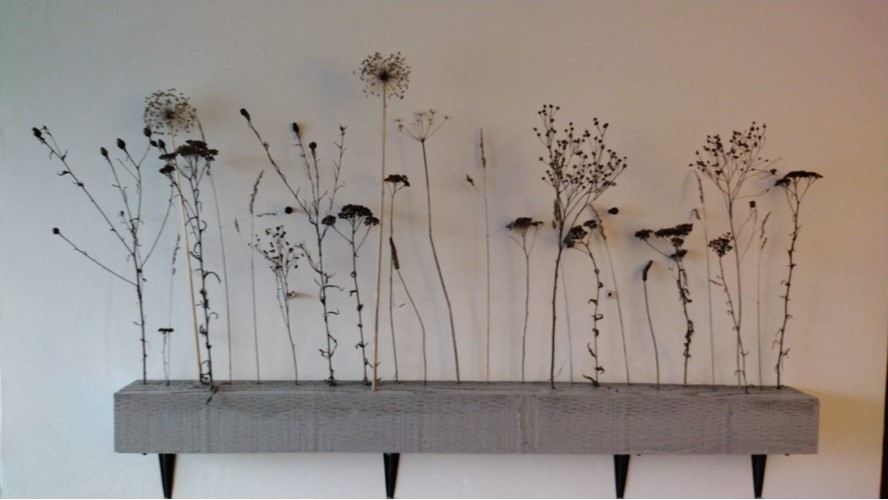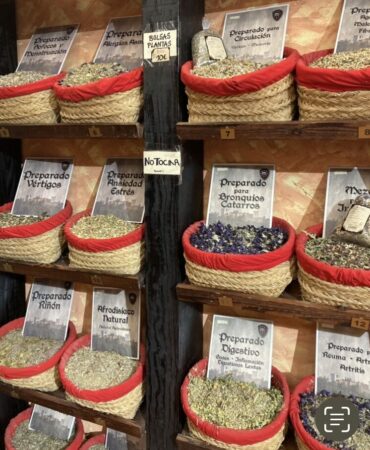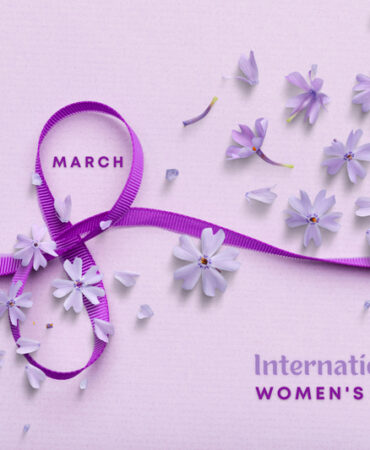Currently Empty: £0.00

Biophilia and the healing power of Nature: What makes medicine, ‘medicine’?
Words by Neil Allies
There is a phrase that is sometimes used amongst practitioners – a ‘brown bottle herbalist’ – meaning, at its extreme, someone that uses herbs straight out of a bottle, without building a relationship or knowledge of the actual plant itself. This type of herbalism probably does not reflect the experience of humans throughout most of our history. For most people up until recently in the western world, herbs and plants would have been omnipresent in their lives. Not just as medicines, but as food, clothing, cleaning products or fragrances for the home. Pottage, the classic medieval stew made by boiling anything available, might well be the epitome of ‘poor peasant food’ to modern sensibilities but, if nothing else, it required an intimate understanding of the landscape. People had to recognise what they could eat (and not be poisoned), where and when it grew, and how to harvest it. When done well, it was also probably very healthy, packed with vitamins and minerals from a whole array of locally foraged plants. The Zoe study, run by world-leading nutritionists and scientists, advocates eating 30 different plant-based foods a week for better health. I wonder how many different plants a typical medieval peasant ate, using anything and everything they had available locally to throw into the pot for flavour and nutrition?
I used to think that herbalism meant ‘brown bottle’ herbalism. It seems silly to admit now, but I had never equated studying herbal medicine with studying the plants themselves. Perhaps that’s a reflection more generally of how ‘medicines’ are viewed in modern society; we tend not to think about where medicines come from, or their complex interaction with our biology once we take them. We simply want to pick something up off a shelf, take it, feel better and move on. In a similar vein, I had never really thought about where herbal medicines come from; to my mind, they were definitely a different type of medicine, but still one where a neatly packaged product was used to combat an illness.
When I was starting out on one of my first herbal courses, we were asked to think about what makes something ‘medicinal’. Apart from their therapeutic impact, allopathic medicines typically have a smell and a feel about them that often have powerful associations with childhood memories or advertising slogans. As this article from Pfizer discusses, there is a lot of thought that goes into ‘disguising’ medicine and making it palatable, often with added sugar or synthetic flavouring (https://www.pfizer.com/news/articles/why_medicine_flavor_matters_in_drug_design_especially_for_kids). For many non-herbalists, herbal medicine doesn’t always fit into a neatly branded idea about what ‘medicine’ is. I like to make a ‘wound balm’ that uses the essential oil from Wintergreen (Gaultheria procumbens). When people smell it, it’s fascinating to hear how they will often say how ‘medicinal’ it smells (and, therefore, must work!). That’s because the smell of Wintergreen is very similar to off-the-shelf products used for rheumatic pains, and so it makes it seem like ‘proper medicine’.
Now that I’m studying botany as part of my herbal medicine course, and building a more personal relationship with the plants, I have found it a fascinating to get to know more about them. Heading out to the countryside, armed with a notepad and pencil to make notes and drawings, generates a surprising amount of interest from almost every passerby. Dog walkers, hikers, homeowners (perplexed at why I’m staring at the pavement outside their house – “you don’t look like a workman or a robber”, explained one) like to stop and talk and, when they find out what I’m doing, are often fascinated and want to talk more about it.
I think it reflects not only a wider interest in herbal medicine in society but also a yearning to reconnect with Nature. Lucy Jones, a Somerset-set based herbalist, says in a recent book that growing and gathering her own plants “grounds and nourishes” her (Self-sufficient Herbalism. A guide to growing, gathering and processing herbs for medicinal use. Aeon books, 2020, page 1). The desire to connect with Nature ties into a wider concept, called biophilia. The word was first coined in the second half of the twentieth century by Erich Fromm, a German psychologist, and Edward Wilson, an American biologist, in two separate studies. Nowadays, biophilia is a term that generally means connecting with Nature and deriving positive health benefits from that connection. It is an increasingly well-studied phenomenon, from the recorded increase in natural killer cells after forest bathing (as discussed in this article: https://pubmed.ncbi.nlm.nih.gov/17903349/), to the increased serotonin release in brains caused by bacteria in soil, and its potential anti-depressant effect (https://www.medicalnewstoday.com/articles/66840#1).
The way in which we live now, in urban environments, is not our natural state: modern humans have existed for around two-hundred thousand years and, for virtually all of that time, we have lived in a far closer relationship with Nature than we do now. A 2021 paper, by Giuseppe Barbiero and Rita Berto (‘Biophilia as Evolutionary Adaptation: An Onto- and Phylogenetic Framework for Biophilic Design’, in the journal Frontiers in Psychology) studied the evolutionary perspective of biophilia: ‘safe and resource-rich’ environments “reduce stress responses and promote the restoration of cognitive processes”, and this would have been vital to our prehistoric hunter-gatherer ancestors (you can read the paper in full here: https://www.frontiersin.org/articles/10.3389/fpsyg.2021.700709/full). Our evolution into urban environments has simply ruptured the presence of Nature around us, not our need for it.
The importance of connecting with Nature is well-recognised by herbalists, and is becoming increasingly accepted by other health practitioners. For example, a 2023 German study on the impact of Nature Therapy showed that connectedness to Nature led to “improvements on the mood and soul level, well-being, contact with other people, and coping with problems and ill health” (you can read the article here: https://www.ncbi.nlm.nih.gov/pmc/articles/PMC9914984/). Nature connection often plays a role in herbal treatments, and a recent survey by the National Institute of Medical Herbalists found that the majority asked patients to incorporate foraged herbs into their diet, whilst 84% encouraged nature-based activities as part of a treatment plan.
Using herbs that you have foraged yourself is a great way to connect with Nature and improve your health. Another really powerful activity is phenology, the science of observing the seasons and making note of what is happening in Nature at each time of the year. Seasonal Affective Disorder is a complex issue, but anyone who goes and really looks closely at the trees and ground will see the start of Nature starting to re-appear in buds and new growth, even in what can seem like the darkest weeks after Christmas and New Year. The narrative of a cold and glum January can seem a little bit more distant when you see that new life is really springing forth. Walking the same route regularly and keeping a Nature journal about what you see is a lovely way to help build a strong connection.
One issue modern humans have is the lack of Nature around us. Urban environments, despite the parks and open spaces, do not always lend themselves to feeling ‘in Nature’. This autumn, I decided to try a new way of bringing Nature into my home and forging a connection, inspired by studying the plants: I created a flower bar. Using a piece of timber that I had painted, drilled holes into, and mounted onto the wall, I carefully foraged plants from my favourite nearby locations, dried them, and created an instant landscape in my living room. It might not look particularly professional, but the idea is that it brings Nature into my house, reminding me not only of the connection I have built with the plants, but also of my favourite nearby walks. My plan is to change the landscape each season, using locally foraged plants, further building on that relationship. If nothing else, it brings a smile to my face each time I see it.
The question of ‘what makes something medicinal’ is perhaps narrows the definition too far. The better question might be ‘what makes something therapeutic?’. Whatever we might learn from the materia medica about treating conditions with herbs, there is always one treatment that is an essential prophylactic: Nature. Put simply, our bodies are healthier when connected with Nature. It has an evolutionary basis and a proven biological effect. Giuseppe Barbiero and Rita Berto’s 2021 study discusses a ‘two-hour threshold’. They explain that “People who reported spending at least 2 hours in Nature per week exhibited consistently higher levels of health and wellbeing than those who reported no exposure. It does not matter in which way the 2-hour threshold was reached, whether by long weekend walks in places far from home or short and regular walks in urban parks”. How we ‘take’ the treatment can vary – a walk in the countryside, foraging, growing plants and working in the garden, finding a way to bring Nature into the home – but perhaps Nature and a connection with plants needs to be at the top of a treatment plan for all of us.




